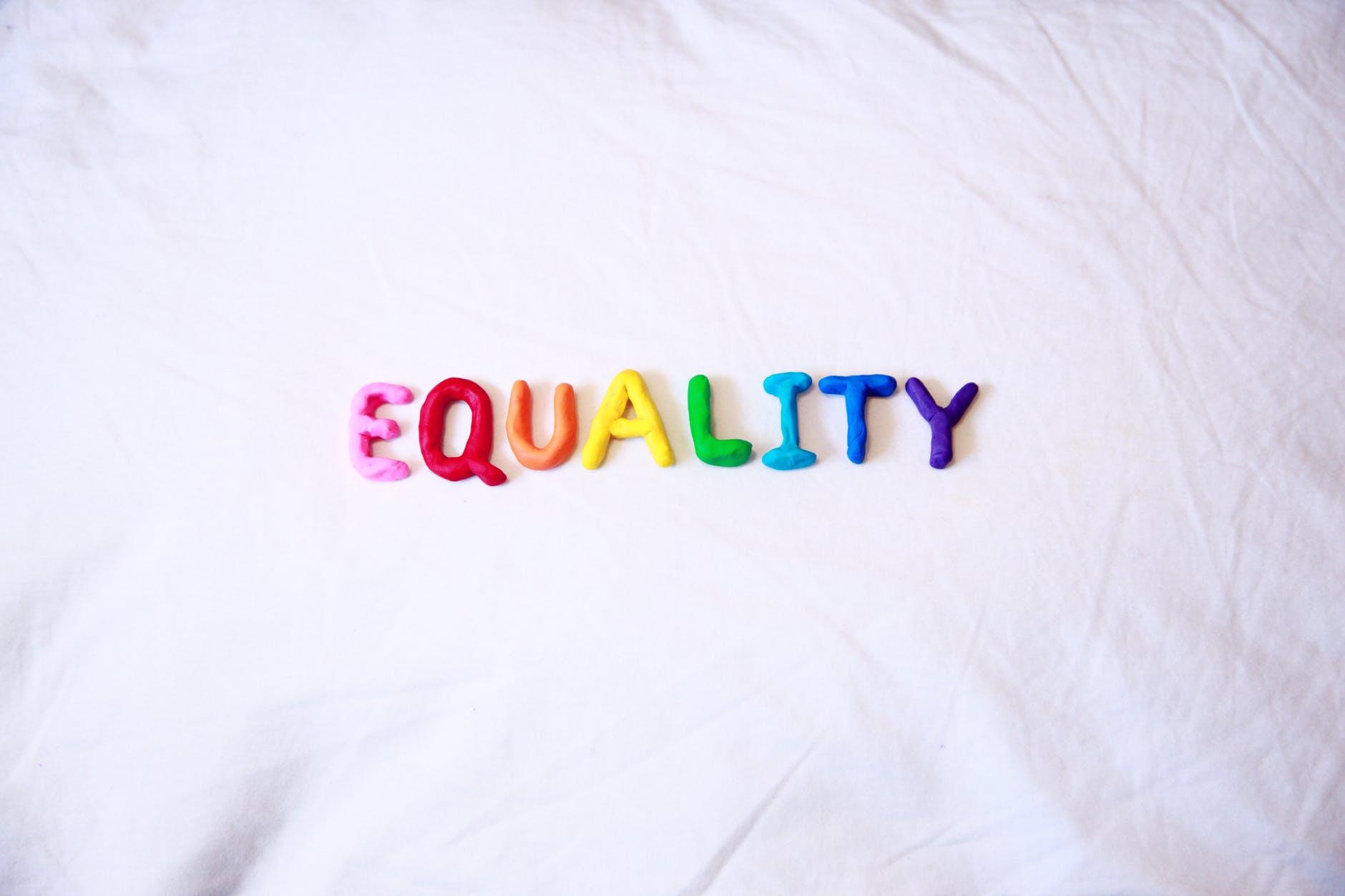Since its founding, the United States has been seen as the land of potential greater economic equality. The American Dream promotes the idea that any person, regardless of race, class, or any other social barrier, can find success. In the U.S., the assumptions have been that: one, there is equal opportunity and two, as long as individuals work hard, they will be successful.
At least, that’s the idea.
Because it is an observable occurrence, it is possible that almost anyone can rise to the top. But there can be situations that inhibit this. For example, low-income people usually have no other option than to send their children to poor schools located where they live. With this lack of equal opportunity, no matter how hard they work, it is very hard to get ahead.
Many are beginning to ask for more change because of the continued inherent inequality of opportunity. Rather than just asking for equal opportunity, the request is now being made for greater equal success. It is almost as if by shooting for something more (equal success), the assumption is that the something acceptable (equal opportunity) will be more easily achieved.
Let’s back up for a minute. There are three methods that can bring more equal success: massive redistribution supported by equal opportunity programs; growing the economic pie so that those who are well off continue to do equally well, while those below them grow in prosperity; or growing the economic pie faster for those who are on the bottom part of the social ladder while those above them grow in prosperity less quickly.
Of these three, option number one is politically unattainable and will be for the foreseeable future. There are other problems with option one, but, let’s leave them for another day. Option two, while appealing to many people, is probably economically unviable. There has to be an upside for wealthy people to invest. If there is little upside for those with money, it is very unlikely that people at the lower end of the economic spectrum will move forward. That leaves option three. The problem with option three is that it will take a very long time for there to be both equal opportunity and enough shrinking of the distance between the rich and the poor, or for that matter, even the rich and the middle class, to make this a plausible solution.
So, what should one conclude from this? It is probably that a great deal of patience will be needed before this issue can be fully resolved. In the meantime, the rich will have to do more and do better with their charitable dollars: making a lot of money and then leaving it to others at institutions to make investments in social good is not working very well. While equal opportunity is a good goal, it can’t happen unless we change the ways charity is distributed.
When you want to change something, you have to first admit you have a problem. In 2013, the Brookings Institution published research on social mobility and education that showed that children born into low-income families are 10 times more likely to remain there as adults than children from wealthier families. Seeing statistics like this, we must realize that we should do more. Those of us who are able to create good jobs must do this more readily. Those who serve as teachers must, as most do, put their students first. All of us can play a part. Equality of opportunity will only be possible through a group effort.
Read more about the Brookings Institution research on social mobility and education: Act Now
John Hoffmire is director of the Impact Bond Fund at Saïd Business School at Oxford University and directs the Center on Business and Poverty at the Wisconsin School of Business at UW-Madison. He runs Progress Through Business, a nonprofit group promoting economic development.
Maren McInnes, Hoffmire’s colleague at Progress Through Business, did the research for this article.





